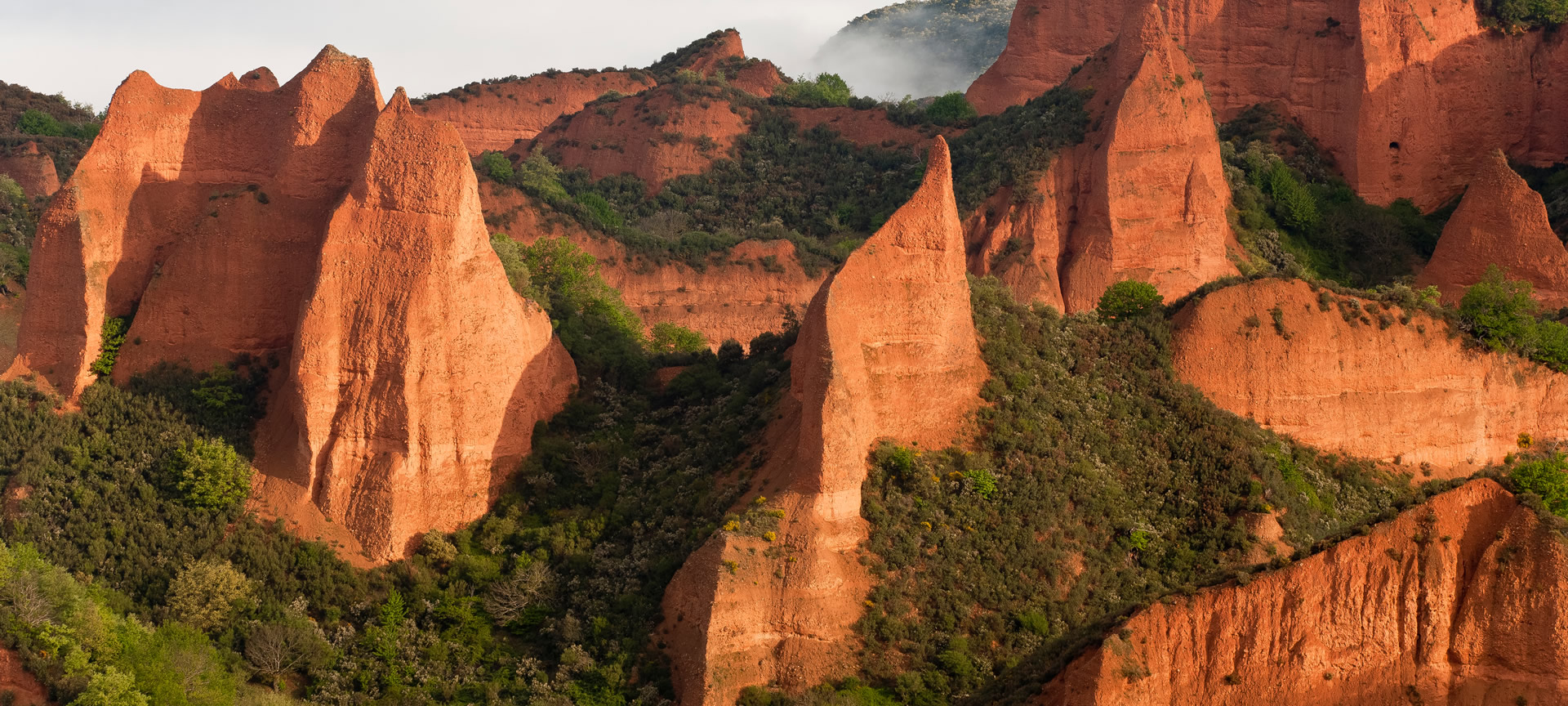
Some of the Spanish sites with the best views
Spain is an ideal place to discover unique sites in the world. In addition, some of them are located in natural settings with amazing landscapes. Would you like to discover some of the Spanish sites with the best views? Below we offer you a selection so that you can choose the ones that interest you the most.
Debe activar Javascript para poder utilizar este servicio
-

Hillfort of Santa Trega (A Guarda, Pontevedra)
The Galician hillfort of Santa Trega is perched on the mountain of the same name between the Atlantic Ocean and the mouth of the Miño River. It is a fortified settlement of pre-Roman origin that reached its greatest splendor in the 1st century BC, when it housed some 5,000 people. The seemingly haphazard geometry of the stone walls of the houses, most of which are oval, gives the site a mysterious air. The town was built in a dominant position to control maritime and river traffic. An archaeological museum helps you discover the history of this incredibly ancient city.Also in Galicia, there is another hillfort with close ties to the sea that is well worth a visit. It's the hillfort of Baroña, in Porto do Son (A Coruña), located on a small peninsula practically next to the waves.
-

Las Médulas (El Bierzo, Leon)
Another site that is one with its surroundings is this impressive landscape in the heart of the mountains of the province of Leon. Las Médulas, declared a Natural Monument, shows the remains of one of the largest gold mines excavated by the Romans during their empire.The slopes of these hills are striking even from afar, as the green of the forest contrasts with large vertical clearings of a reddish tone: These are the traces left by mining exploitation. The Romans used a system called ruina montium, which consisted of injecting water under pressure into the interior of the mountain to cause the land to collapse, so that gold could later be extracted. Hence, this unique landscape that you can also discover through its interior tunnels.
-
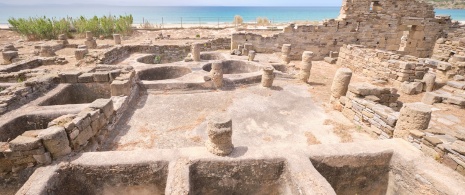
Roman city of Baelo Claudia (Bolonia Beach, Tarifa, Cadiz)
Also during the Roman Empire, another priceless gem was built in the south of the country, in the province of Cadiz: the factory city of Baelo Claudia, dedicated to tuna fishing, still very typical of the area, and the production of the famous Roman fish sauce, garum. There is something unreal about looking at it: Majestic and solemn columns almost at the foot of the magnificent and semi-wild Bolonia beach, a few kilometres from Tarifa, with the waves of the Atlantic Ocean as a backdrop. Opposite, on the other side of the Strait of Gibraltar, you can see Africa.Baelo Claudia's moment of splendor came between the 1st century BC and the 2nd century AD, but it ended up being depopulated around the 7th century. You can find out more about this unique example of Roman urban planning in Spain in its adjacent museum and admire the open-air remains of its temples, forum and large theatre for 2,000 spectators.
-
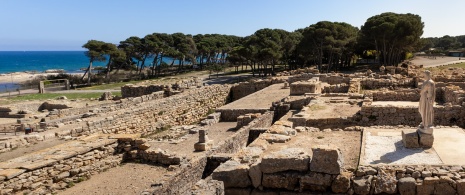
Greek and Roman ruins of Empúries (L'Escala, Girona)
At the other end of Spain and bathed by the Mediterranean, you will find a classic and even older site. These are the ruins of the ancient city, first Greek and then Roman, of Empúries, located just a couple of kilometres from the town centre of L'Escala, right on the Costa Brava.The Greeks established a settlement here in the 6th century BC to trade with the native population. It eventually became a small town, later conquered by the Romans. It is a place as priceless as it is stunning, a real can't-miss.
-
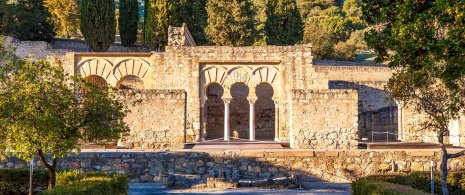
Caliphate City of Medina Azahara (Cordoba)
“The shining city” is the meaning in Arabic of Medina Azahara. It is a palatial town built 8 kilometres from Córdoba by order of Abderramán III in 936. It was once one of the most advanced and splendid cities in the world, but in less than 100 years it was sacked, burned and even forgotten. At the beginning of the 20th century, its ruins were rediscovered, which still impress and preserve much of that splendor.Everything surrounding the old city is countryside: On one side, the wooded slopes of Sierra Morena and on the other the valley of the Guadalquivir River, with views of the city of Córdoba. Particularly recommended is the striking lighting that you can enjoy during the guided night tours.
-
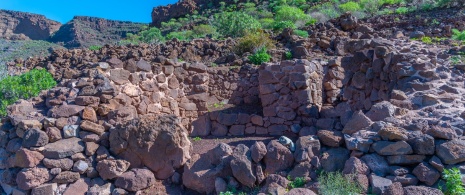
The Fortress site (Santa Lucia de Tirajana, Gran Canaria)
Another destination that will leave you marvelling at its fantastic views is found in the Canary Islands. In the Caldera de Tirajana, in the inland part of the island of Gran Canaria, is the site of La Fortaleza. The natives of the Canary Islands lived in its caves between the 5th century and 1483. Don't miss the magnificent volcanic tube that runs through the mountain.We have two recommendations: This archaeological site is impressive, but it is essential to first stop by its visitor centre, less than a kilometre away, where they will tell you in advance what you will see in the caves and where you can even see mummies, reconstructions of indigenous dwellings and the “revived” face of one of those villagers. After visiting the museum, you can get an even closer look at the site through a guided tour, accompanied by an expert.
Travel plans for inspiring you











